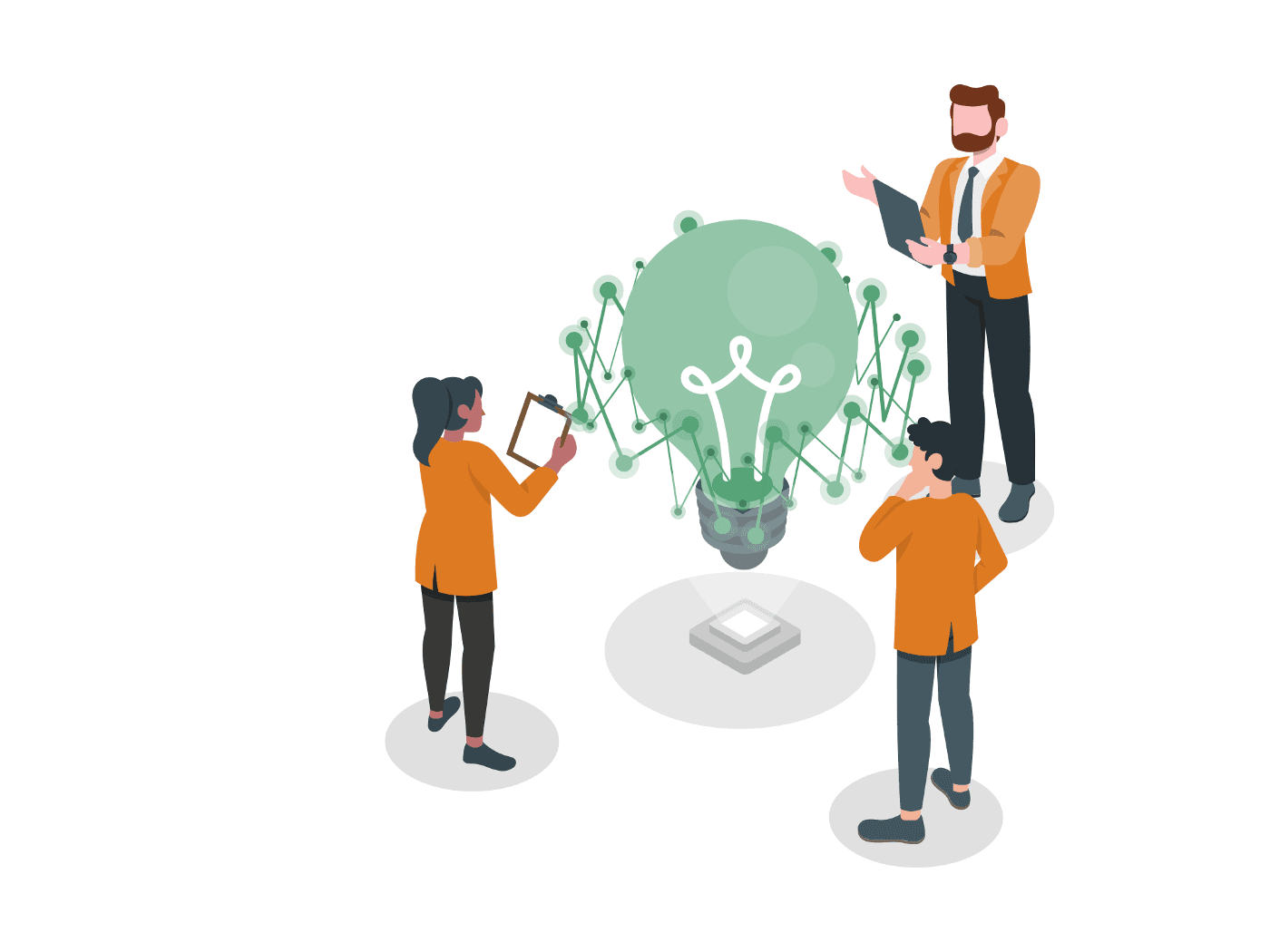Mar 19, 2021
Innovation
Creativity
Thought Leadership
Product Management
Why Constraints Are Powerful Drivers of Innovation

If you enjoyed this post, you might also like:
Mar 19, 2021
Innovation
Creativity
Thought Leadership
Product Management

If you enjoyed this post, you might also like: